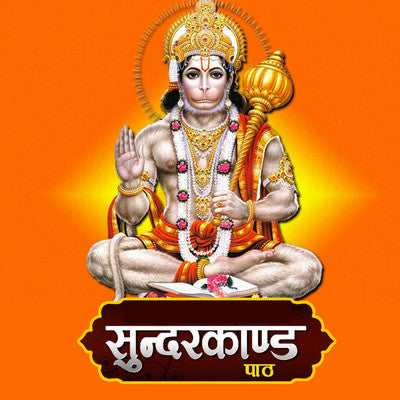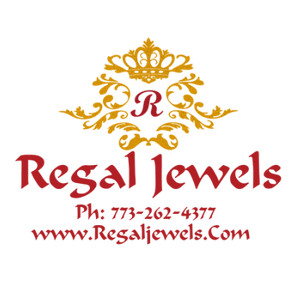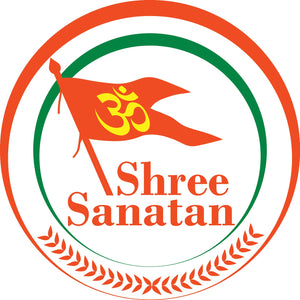
SunderKand Path
Please Call for Availability and Price
Performing the Sundarkand Path is a significant ritual in Hinduism, especially for devotees of Lord Hanuman. It involves reciting the "Sundarkand" portion from the epic Ramayana, which is dedicated to Lord Hanuman's journey to Lanka in search of Sita, Lord Rama's consort. The path is often conducted in temples and homes to seek blessings, protection, and strength. Here is a list of samagri (items) that you might need for conducting a Sundarkand Path in a temple:
1. Idol or Image of Lord Hanuman: Ensure you have a proper idol or image of Lord Hanuman as the central deity for the puja.
2. Sundarkand Text: Have a copy of the Sundarkand portion from the Ramayana. This is what will be recited during the puja.
3. Puja Thali: A plate or thali to hold all the puja items. It's used for offering prayers and aarti.
4. Flowers: Fresh flowers are offered to the deity as a symbol of devotion and purity.
5. Incense and Incense Holder: Incense sticks or agarbattis are lit to create a pleasant fragrance and a spiritually charged atmosphere.
6. Diya or Lamp: A lamp with oil and a wick is used for performing aarti to the deity.
7. Camphor: Camphor is lit and waved in front of the deity during the aarti.
8. Fruits: Offer fresh fruits as prasad (blessed food) to Lord Hanuman.
9. Sweets and Prasad: Prepare or buy sweets to offer as prasad after the puja.
10. Coconut: A coconut is often offered to the deity as a symbol of surrender and devotion.
11. Betel Leaves and Nuts: Offering betel leaves and nuts is a common tradition in Hindu pujas.
12. Water: Water is used for cleansing the deity and for offering to the deity to drink (achamana).
13. Red Sindoor (Vermilion) and Kumkum: These are used for applying tilak to the deity.
14. Sacred Thread (Moli or Kalava): A sacred thread is tied around the wrist as a protective talisman.
15. Offering Bowl: A small bowl to hold the offerings made to the deity.
16. Rudraksha Mala: A string of Rudraksha beads for counting the repetitions of the Sundarkand recitation.
17. Bell: A bell is rung before and after the puja to mark the beginning and end of the ritual.
18. Seating Arrangement: Arrange a clean and comfortable place for the priest or the person conducting the puja to sit.
19. Puja Book or Script: If the priest or person reciting the Sundarkand isn't familiar with the verses, a script or book with the text can be helpful.
20. Hawan Kund (Optional): For those who wish to perform a small fire ritual, a hawan kund might be required.








